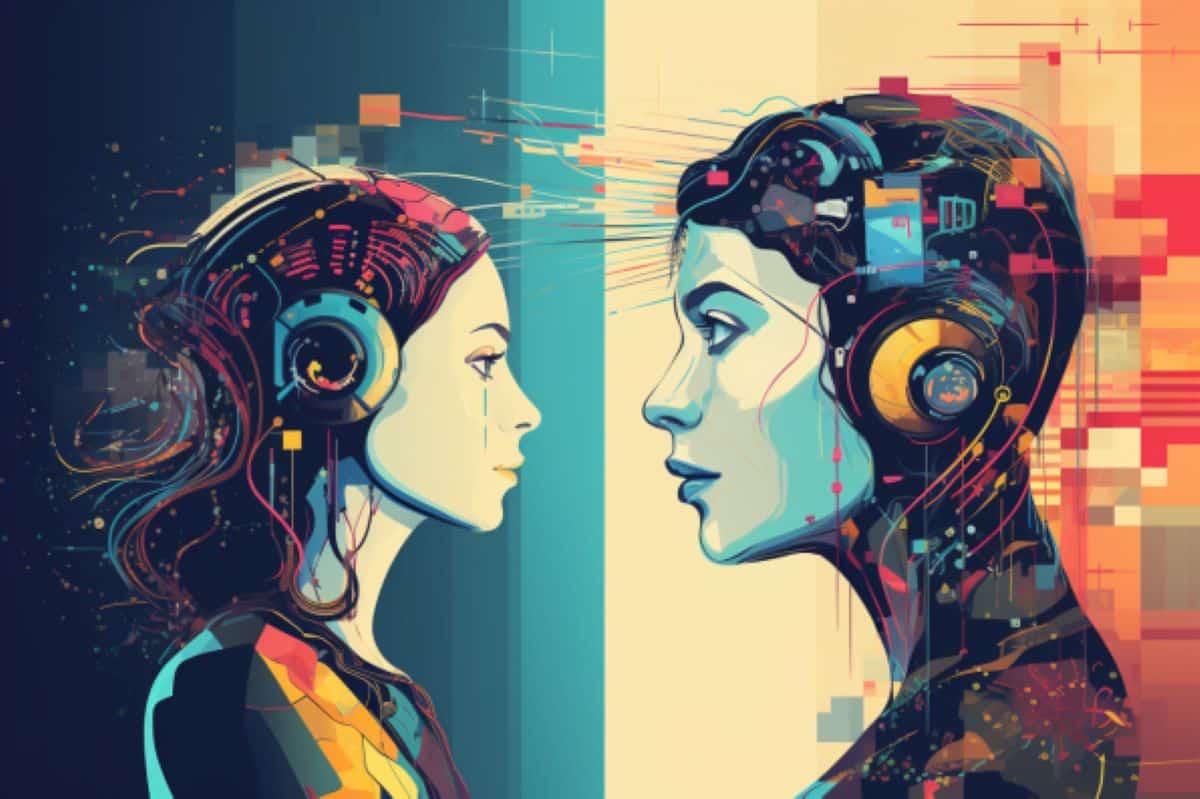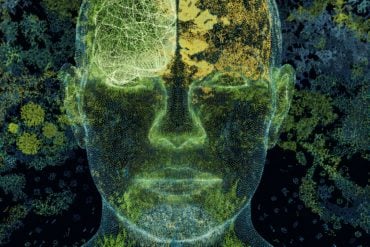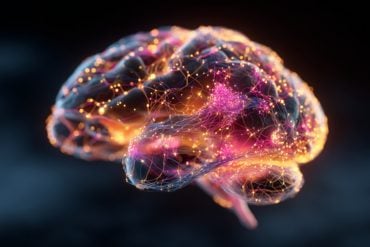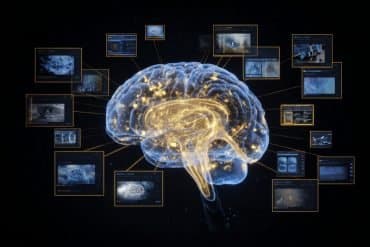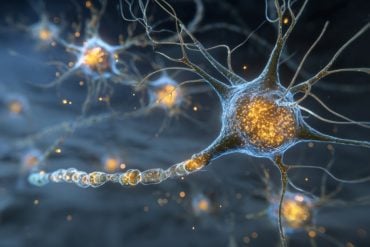Summary: A recent study pits AI chatbots against humans in the Alternate Uses Task, assessing creative thinking. AI chatbots, on average, showcased creativity rivaling most human participants. Still, top-tier human performances consistently outstripped the chatbots. This prompts a closer look into AI’s role in augmenting human creative processes.
Key Facts:
- AI chatbots and humans competed in the Alternate Uses Task to gauge divergent thinking.
- While chatbots, on average, displayed creativity comparable to humans, they couldn’t surpass the top-performing individuals.
- The study hints at AI’s potential to be integrated into the creative workflow, enhancing human performance.
Source: Scientific Reports
Large language model (LLM) AI chatbots may be able to outperform the average human at a creative thinking task where the participant devises alternative uses for everyday objects (an example of divergent thinking), suggests a study published in Scientific Reports.
However, the human participants with the highest scores still outperformed the best chatbot responses.
Divergent thinking is a type of thought process commonly associated with creativity that involves generating many different ideas or solutions for a given task. It is commonly assessed with the Alternate Uses Task (AUT), in which participants are asked to come up with as many alternative uses for an everyday object as possible within a short time period.
The responses are scored for four different categories: fluency, flexibility, originality, and elaboration.
Mika Koivisto and Simone Grassini compared 256 human participants’ responses with those of three AI chatbots’ (ChatGPT3, ChatGPT4, and Copy.Ai) to AUTs for four objects — a rope, a box, a pencil, and a candle.
The authors assessed the originality of the responses by rating them on semantic distance (how closely related the response was to the object’s original use) and creativity. A computational method was used to quantify semantic distance on a scale from 0 to 2, whilst human evaluators, blind to the originators of the responses, subjectively rated creativity from 1 to 5.
On average, the chatbot-generated responses scored significantly higher than the human responses for both semantic distance (0.95 vs 0.91) and creativity (2.91 vs 2.47). The human responses had a far greater range in both measures — the minimum scores were much lower than for the AI responses, but the maximum scores were generally higher.
The best human response outperformed each chatbot’s best response in seven out of eight scoring categories.
These findings suggest that AI chatbots can now generate creative ideas at least as well as the average human. However, the authors note that they only considered performance in a single task associated with the assessment of creativity. The authors propose that future research could explore how AI can be integrated into the creative process to improve human performance.
About this artificial intelligence research news
Author: Alex Durk
Source: Scientific Reports
Contact: Alex Durk – Scientific Reports
Image: The image is credited to Neuroscience News
Original Research: Open access.
“Best humans still outperform artificial intelligence in a creative divergent thinking task” by Mika Koivisto et al. Scientific Reports
Abstract
Best humans still outperform artificial intelligence in a creative divergent thinking task
Creativity has traditionally been considered an ability exclusive to human beings. However, the rapid development of artificial intelligence (AI) has resulted in generative AI chatbots that can produce high-quality artworks, raising questions about the differences between human and machine creativity.
In this study, we compared the creativity of humans (n = 256) with that of three current AI chatbots using the alternate uses task (AUT), which is the most used divergent thinking task. Participants were asked to generate uncommon and creative uses for everyday objects. On average, the AI chatbots outperformed human participants.
While human responses included poor-quality ideas, the chatbots generally produced more creative responses. However, the best human ideas still matched or exceed those of the chatbots.
While this study highlights the potential of AI as a tool to enhance creativity, it also underscores the unique and complex nature of human creativity that may be difficult to fully replicate or surpass with AI technology.
The study provides insights into the relationship between human and machine creativity, which is related to important questions about the future of creative work in the age of AI.


